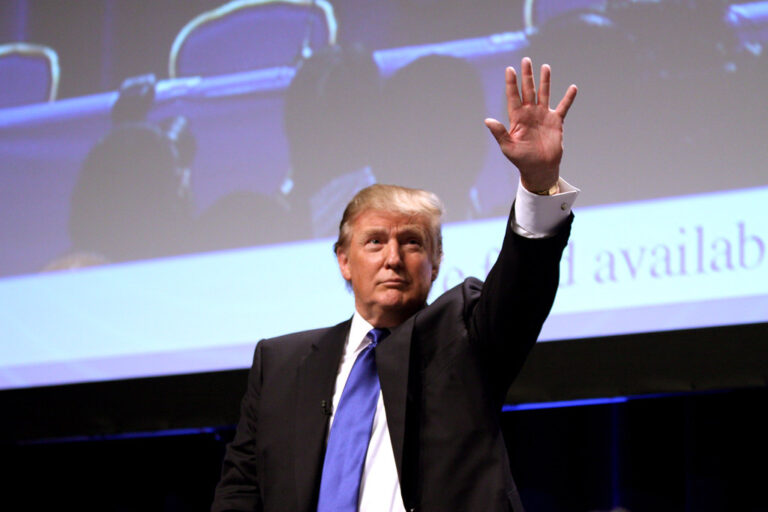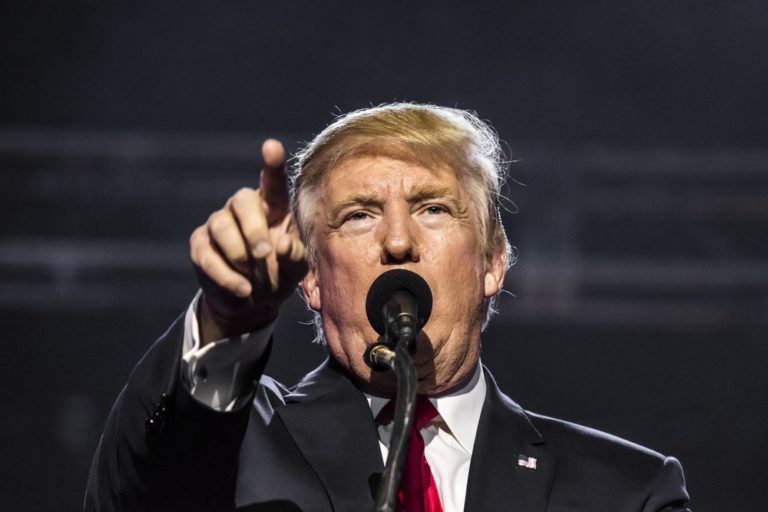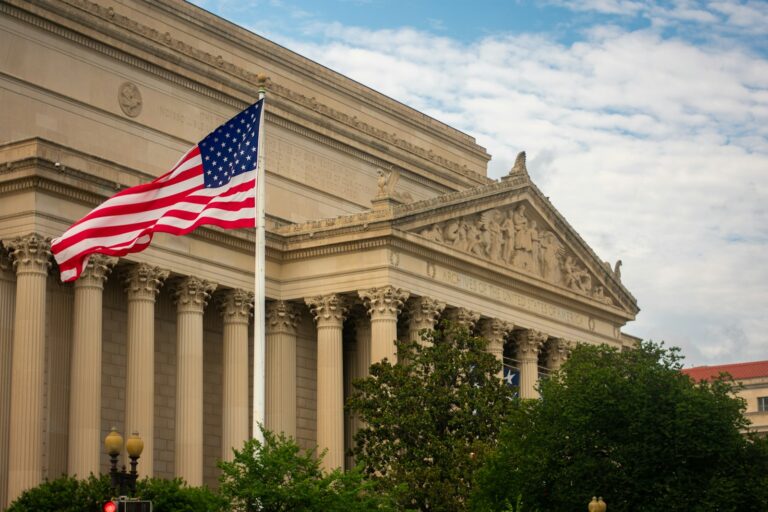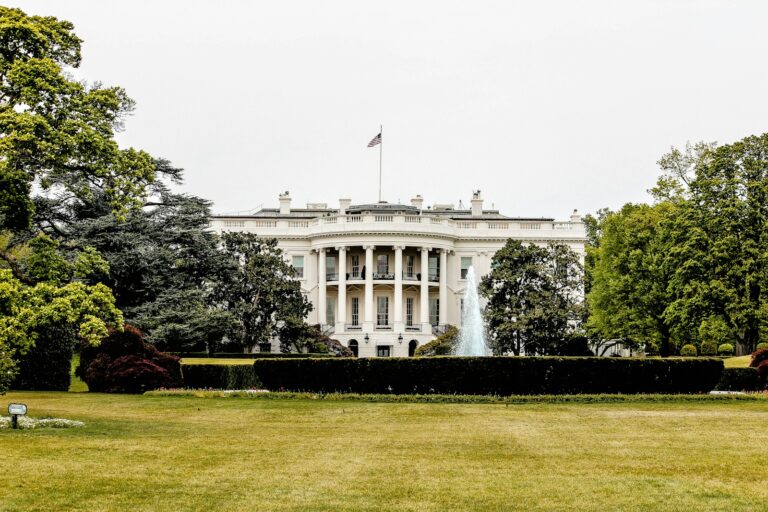Key Takeaways
– Karoline Leavitt’s campaign owes more than 326 thousand dollars to over one hundred creditors
– The campaign raised zero dollars in April, May and June
– Much of the debt comes from illegal contributions not returned to donors
– The Federal Election Commission audit remains stalled without enough commissioners
– Candidates are not personally liable for committee debts under federal law
Rising Campaign Debt
Karoline Leavitt served as a congressional candidate before becoming White House press secretary. Her campaign committee ended June with zero cash on hand. At the same time it listed a debt of three hundred twenty six thousand dollars and fifty cents owed to more than one hundred creditors. Moreover the committee did not raise any money during April May or June to reduce that burden. As a result its debt remains untouched as summer turns to fall.
Creditors Waiting for Payment
Many individual donors still await refunds. Some gave illegal or excessive contributions that the campaign never returned. Former New Hampshire leaders and everyday supporters await their money. Meanwhile fundraising and consulting firms also remain unpaid. A Missouri based strategist seeks over forty six thousand dollars. A polling company from the same state wants forty one thousand dollars. A Washington firm awaits almost thirteen thousand dollars. None of these vendors has seen a single cent since last year.
Debt Originates from Excess Contributions
Much of this debt traces back to contributions that broke federal limits. The campaign amended seventeen finance reports this January to note those errors. It later refunded a few donors including the candidate’s own parents. However it did not return most of the money. Instead it spent those excess payments long ago. As a result the campaign now reports that money as debt.
Audit Faces Agency Gridlock
An audit by the Federal Election Commission seeks to sort out these finances. Yet the FEC cannot move forward. Since May the agency has lacked the required four commissioners needed to approve audits or issue penalties. Without new commissioners the case against the campaign has no end date. As a result years can pass before any action happens. In the meantime vendors and donors feel powerless.
Candidate Not Personally Liable
Federal law shields candidates from personal responsibility for committee debts. As long as the debt belongs to the campaign committee the candidate bears no legal burden. Therefore Karoline Leavitt does not owe this money herself. Instead the campaign treasurer holds that obligation. Yet the treasurer has not responded to requests for comment. Meanwhile the committee itself remains unable to pay.
Why Debt Persists
First the campaign has no funds to pay debts. Second few donors want to back a committee tied to a failed race. Third the audit cannot force action until the agency works again. Finally political will often falls short when high profile figures face debt. As a result few campaigns pay down old bills.
How Other Campaigns Handled Debt
Some candidates use creative methods to clear campaign debt. A former first lady sold leftover campaign merchandise. She also rented donor contact lists to raise money. Those steps paid off her eight figure debt within five years. Another candidate tapped the funds of her running mate after winning a nomination. That move relied on a specific agency ruling allowing fund transfers. However most candidates never clear every unpaid invoice.
Notorious Campaign Debts
Some campaigns still owe millions more than Karoline Leavitt’s committee. One former House speaker’s committee has over four million dollars in lingering debt. It has not paid major vendors like shipping companies or social media platforms. Meanwhile other campaigns owe hundreds of thousands of dollars. A civil rights leader’s campaign owes nearly one million to the U.S. Treasury and private couriers. Yet these campaigns still file mandatory reports even when silent on payments.
Political Impact of Unpaid Debt
When a campaign fails to pay its bills vendors grow wary of future work. Moreover donors hesitate to support candidates with poor financial records. In turn campaigns struggle to build strong teams for future races. Therefore unpaid debts can harm political careers beyond the immediate financial hit.
Possible Paths Forward
Candidates have limited options to repay campaign debts. First they may personally donate money to the committee. However few choose to do so. Second they can solicit new donors. Yet support often dries up after an election loss. Third they may wait for the audit to conclude and hope for a plan. Finally some seek the goodwill of party aligned political action committees.
Role of Party Committees
Party run funds sometimes step in to help smooth over debts for key figures. They may direct donors to pay old bills. Alternatively they offer grants to promising candidates. However these funds often have strict rules about allocation. Therefore not every candidate qualifies for relief.
What Happens Next for Leavitt
Karoline Leavitt remains in a high profile role near the president. Despite her public position her old campaign still carries that large debt. Unless she or her committee raises fresh funds vendors will remain unpaid. Meanwhile the FEC audit sits idle until new commissioners join. Because the White House holds the power to nominate those officials the matter may hinge on political timing.
Lessons for Future Candidates
This case highlights the need for strict finance controls in campaigns. Managers must track donation limits carefully. They should also refund excessive gifts immediately. Moreover campaigns should plan for debt repayments in their budgets. Finally candidates must understand that liability stays with their committees even after they leave office.
Conclusion
Karoline Leavitt’s unpaid campaign debt shows how political races can leave long lasting bills. Vendors and donors may wait years for their money. Meanwhile agency gridlock at the Federal Election Commission blocks resolution. Other high profile campaigns have used creative fixes or party help to retire debts. Yet many committees still owe hundreds of thousands or even millions of dollars. As long as campaigns hit financial rough patches these debts will haunt political figures long after election night.










